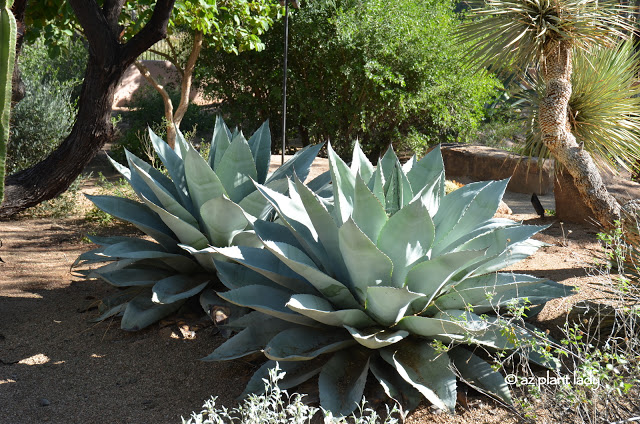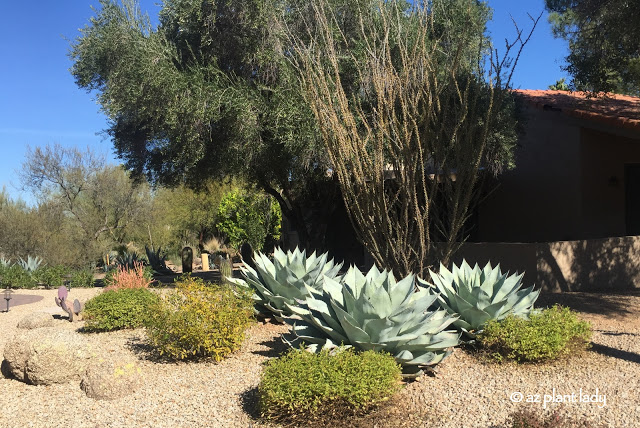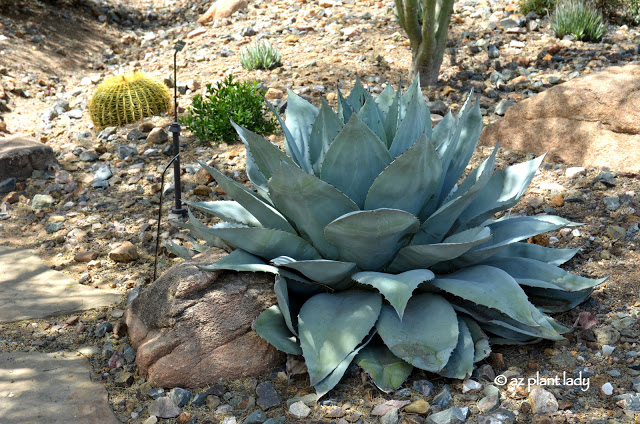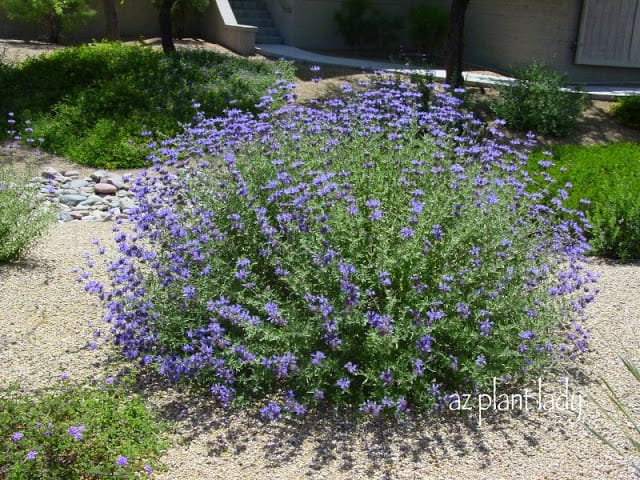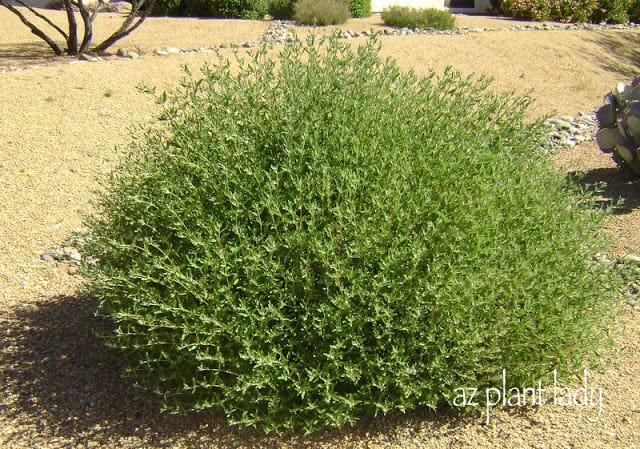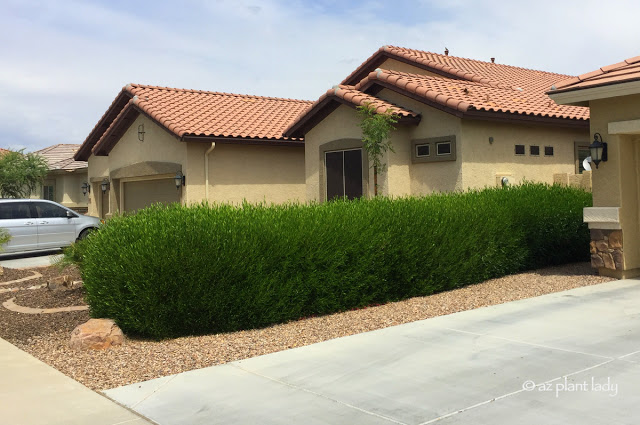
Beautiful Hop Bush Shrub (Dodonaea viscosa)
I am always on the lookout for great examples of plants in the desert landscape. In my work as a landscape consultant, I drive through countless neighborhoods, which allows me to see lots of ideas.
A few years ago, I drove by a house that had a beautiful Hop Bush shrub (Dodonaea viscosa).
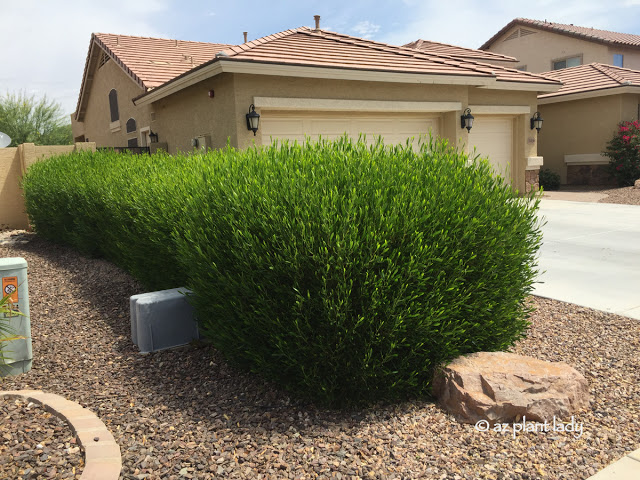
This evergreen, drought-tolerant shrub does wonderfully in our southwestern climate, and it is a frequent addition to landscapes I design.
It’s versatility is one of the reasons it is near the top of my favorite shrub list.
- Hop Bush is a great substitute for Oleander shrubs.
- They can grow up to 12 feet tall or be maintained at a shorter height – basically you can decide how large it gets.
- Their height makes them a great choice to screen out an unattractive view in spaces where a tree won’t fit while providing shade for for windows.
- Hop Bush can be allowed to grow into their natural shape or pruned more formally.
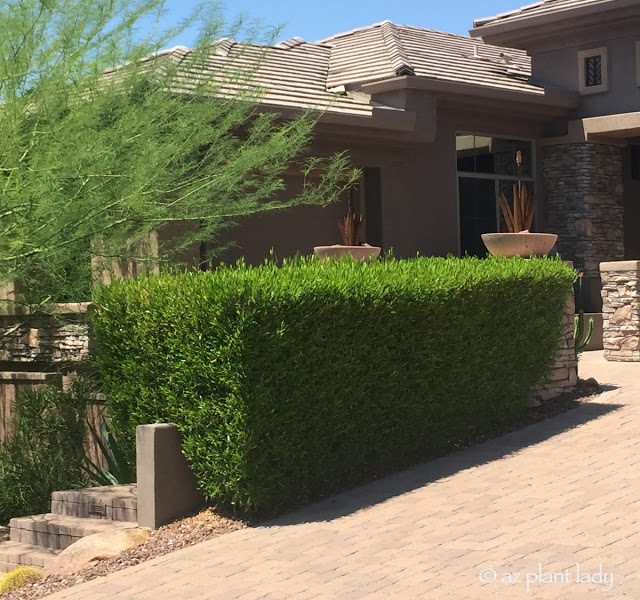
Native to the Southwest, Hop Bush is quite versatile and relatively fuss-free, especially if maintained by pruning every 6 months or so, as shown above. Here is another example of a hop bush shrub that has been pruned more formally, which it handles well.
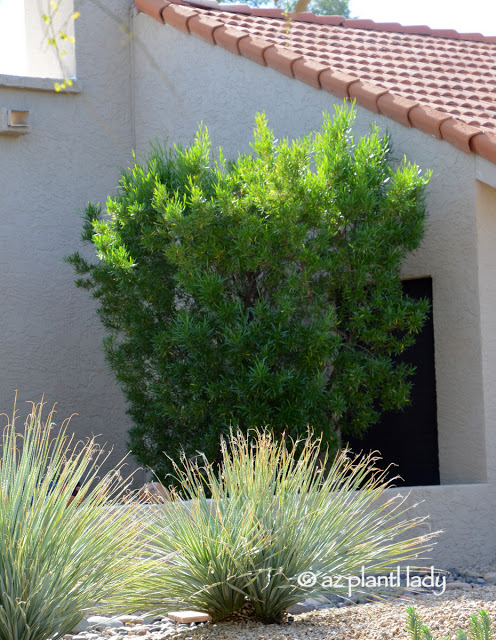
Of course, you can always let it grow into its more natural form as a large shrub.
For more information on hop bush including what its flowers look like and why it’s becoming a popular substitute for oleanders, you can read my earlier blog post – “Drought Tolerant and Beautiful: Hopbush the Alternative to Oleanders.”


